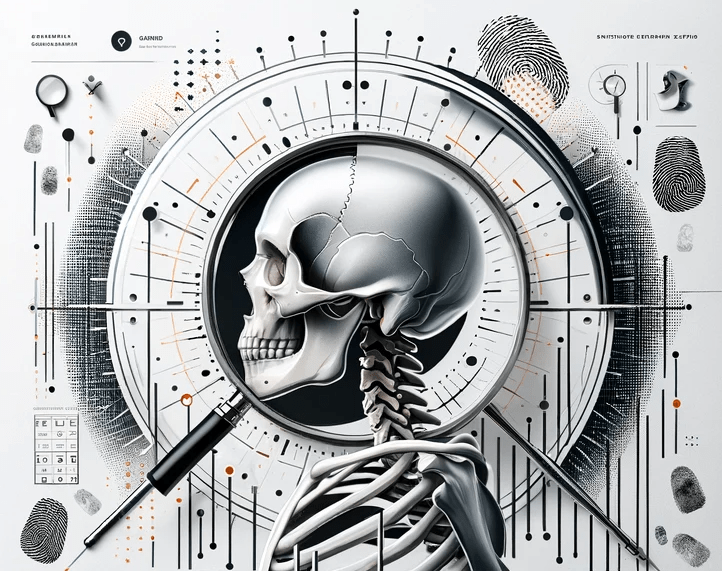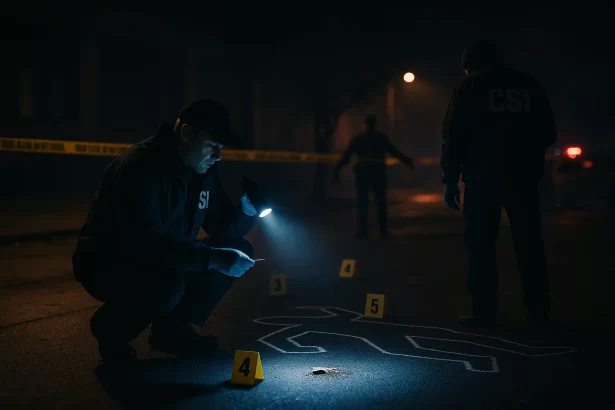Frequency is a fundamental concept in physics and wave theory. It refers to the number of times a specific point on a wave, such as a crest or trough, passes a fixed reference point in a given unit of time. The standard unit for measuring frequency is the Hertz (Hz), which is equivalent to one cycle or oscillation per second.
Here are some key points about frequency:
- Measurement: Frequency is typically measured in Hertz (Hz), representing the number of wave cycles occurring in one second.
- Waveforms: Frequency is applicable to various types of waveforms, including sound waves, electromagnetic waves (like radio waves, light waves, and microwaves), and mechanical waves (such as ocean waves).
- Relation to WavelengthWavelength is a fundamental concept in the study of waves, whether they are associated with sound or light. It refers to the distance between two successive points on a wave, commonly measured from crest to crest or from trough to trough. Here are key points about wavelength: • Wave Nature: Sound waves and electromagnetic waves, including light, exhibit wave-like behavior. Wavelength is a characteristic feature of these waves.
• Crest and Trough: A wave is characterized by its repeating pattern of crests (the highest points or peaks) and troughs (the lowest points or valleys). The distance between these successive crests or troughs is the wavelength.
• Measurement: Wavelength is typically measured in units of length, such as meters (m) or centimeters (cm). It represents the spatial extent of one complete cycle of the wave.
• Frequency Relationship: Wavelength and frequency are inversely related. Higher frequencies correspond to shorter wavelengths, and lower frequencies correspond to longer wavelengths. This relationship is described by the wave equation: speed = frequency × wavelength.
• Sound Waves: In the context of sound waves, wavelength determines the pitch or tone of the sound. Shorter wavelengths correspond to higher-pitched sounds, while longer wavelengths correspond to lower-pitched sounds.
• Light Waves: In the context of light waves, wavelength is associated with the color of light. Different colors of light have different wavelengths. For example, blue light typically has a shorter wavelength than red light.
• Electromagnetic Spectrum: The electromagnetic spectrum encompasses a wide range of electromagnetic waves with varying wavelengths, including radio waves, microwaves, infrared, visible light, ultraviolet, X-rays, and gamma rays. Each portion of the spectrum corresponds to specific wavelength ranges.
• Applications: Understanding wavelengths is fundamental in various scientific and technological applications, such as telecommunications, spectroscopy, and optics. It is essential for designing and working with wave-based technologies.
• Wave Interference: Wavelength plays a critical role in phenomena like wave interference, where waves combine and interact with each other based on their wavelengths.
• Propagation: Wavelength affects how waves propagate through different media. Some materials may affect certain wavelengths more than others, leading to phenomena like refraction and dispersion.
• Frequency and Wavelength Relationship: The speed of a wave remains constant as it changes from one medium to another, so changes in wavelength are accompanied by corresponding changes in frequency to maintain this speed.
In summary, wavelength is a fundamental property of waves, representing the distance between successive crests or troughs. It is a key factor in determining the characteristics of waves, including their color (in the case of light) and pitch (in the case of sound), and it plays a central role in various scientific and technological fields. More: Frequency and wavelength are inversely related. In other words, as the frequency of a wave increases, its wavelength decreases, and vice versa. This relationship is described by the wave equation: speed = frequency × wavelength. - Audible Sound: In the context of sound, the frequency of a sound wave determines its pitch. Higher frequencies correspond to higher-pitched sounds, while lower frequencies correspond to lower-pitched sounds. For example, a high-pitched whistle has a higher frequency than a low-pitched drumbeat.
- Electromagnetic Spectrum: In electromagnetic waves, different regions of the electromagnetic spectrum (e.g., radio waves, visible light, X-rays) are characterized by their specific frequency ranges. For example, radio waves have lower frequencies, while X-rays have much higher frequencies.
- Hertz (Hz): The unit Hertz is named after the German physicist Heinrich Hertz, who made pioneering contributions to the study of electromagnetic waves. It is commonly used in scientific and engineering contexts to express frequency values.
- Applications: Understanding frequency is crucial in various scientific and technological applications, including telecommunications, radio broadcasting, medical imaging (e.g., MRI), and musical theory, among others.
- Period: The reciprocal of frequency is the period, which represents the time it takes for one complete cycle of a wave to pass a fixed point. Period (T) is related to frequency (f) by the equation: T = 1/f.
Frequency plays a vital role in understanding the behavior of waves and is essential in fields ranging from physics and engineering to music and communication. It quantitatively measures how often a wave oscillates or repeats its pattern within a specified time interval.



